Image isn’t everything, but apparently the appearance of minced dead cow is everything to Iceland. Or at least is significant enough for the retailer to row back a key sustainability commitment less than six months aftter it was made.
Iceland announced triumphantly on X last week that it would be returning to traditional mince packaging after switching to vacuum packs just a few months ago, last August.
“You asked, we delivered. The classic mince packaging is back!”
The traditional packaging uses 50% more plastic, creates more emissions due to the space required to transport it, and has a shorter shelf life.
Despite that glowing list of recommendations and Iceland’s very upbeat post on social media announcing the return, the retailer did not respond to questions from The Grocer about this decision. Funny, that.
However, it is likely that the move was pushed by customers being squeamish about the change – something the retailers who have made similar packaging changes have already experienced. One said the vacuum-packaged meat resembled “a rectangle of mushed off-cuts”, with another likening it to “someone’s kidney”.
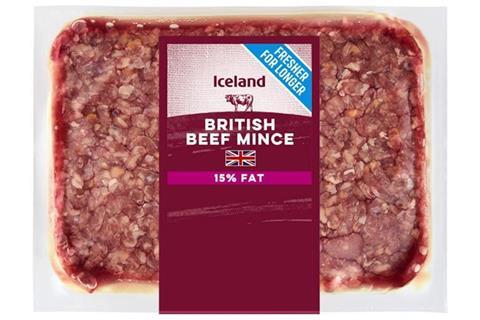
Iceland’s changing priorities
Last August, Iceland was the latest in a long line of retailers to shift their packaging solutions when it comes to meat. In February 2023, Sainsbury’s pioneered the move to vacuum packaging its mince, a move that was quickly followed by Aldi, Asda and Lidl. Meanwhile, Waitrose opted for a similarly lower plastic option, pillow packs. Tesco also switched to the less ‘squishy’ pillow packs on a trial basis, and is slowly rolling them out into stores nationwide.
While customers may have preferred the original, more plastic-heavy packaging, most other retailers have stuck with their more sustainable decision and mince sales are rising. According to The Grocer’s Top Products report, using data from NIQ, beef sales are up by 8.5% in value and 2.1% in volume, with analysts explaining that mince is doing particularly well due to it being a cheaper and healthier fat reduced format.
Other supermarkets have not only managed to reduce plastic, cut emissions and improve shelf life but also improve sales – so why has Iceland so quickly gone back on this more sustainable option? The move has clearly worked for its competitors, despite the more superficial issues.
But in this space, Iceland has priors.
In 2022, Iceland had a year of u-turns, first abandoning its commitment to get rid of plastic packaging from all own label lines by the end of 2023 due to setbacks during the pandemic and a lack of viable alternative materials. At the time, it said it would continue working towards the same goal but with no set deadline, and this latest announcement is not going to make meeting that challenge any easier.
It also abandoned its 2018 decision to go palm-oil free across own label, saying the Ukraine war had made sunflower oil so scarce it either had to use palm oil again or risk having bare freezers. At the time, Iceland leadership said it was a temporary measure until sunflower oil became more affordable, but the deforestation-friendly commitment is yet to return.
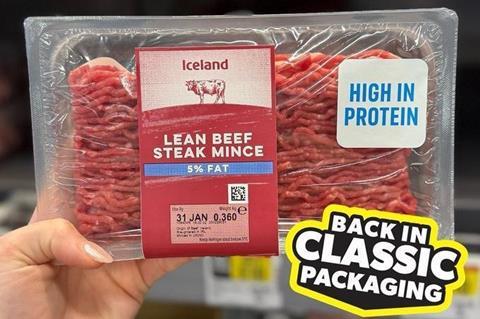
Got beef (mince)?
Meanwhile, beef mince has other challenges. The average footprint of beef, excluding methane, is 36 kilograms of CO2e per kg (Poore & Nemecek, 2018), nearly four times the mean footprint of chicken and between 10 and 100 times the footprint of most plant-based foods. This hefty environmental impact makes it even more important that retailers and shoppers do what they can to offset the effect.
Changing mince packaging in the first place may not have revolutionised the fight against plastic, but changing it back is actively harmful.
Unsurprisingly, Iceland’s latest move has been met with widespread criticism online. One person described it as a ”step backward for the planet and sustainability progress” on LinkedIn, while others have praised Sainsbury’s for “standing by the change, citing their corporate and moral values, and made it clear that reducing waste and extending shelf life were non-negotiable priorities”.
While Iceland was busy gleefully announcing this u-turn, many of its major competitors had gathered at the Sustainable Foods Conference at the Business Design Centre in London to discuss how the food industry can be more sustainable. Despite a stacked agenda of industry bigwigs, the talks were, well, mostly all talk – and the mood felt particularly resigned.
Many leaders discussed the need for greater collaboration and decisive action while pointing to minor trials and changes made within their businesses, but no one seemed to have an action plan (or the budget to pay for one) that would move far or fast enough to make a significant difference.
With the global picture looking increasingly bleak when it comes to the climate crisis, it would be easy for all brands and consumers to do as Iceland has done and essentially throw in the towel when met by a tiny bit of resistance. But are we really going to allow such superficial issues like appearance stand in the way of making a real difference?
As a planet, we are not at the point where we can allow image to dictate action.

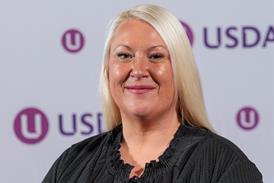
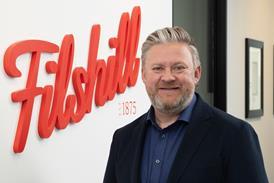
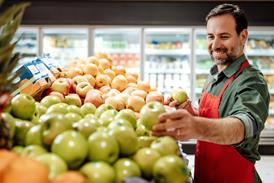
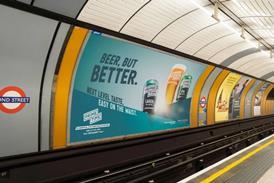
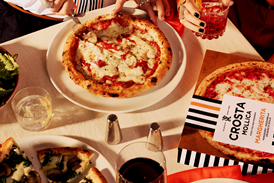

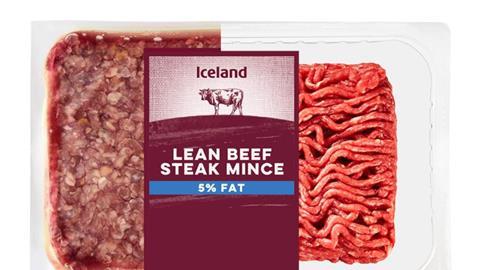
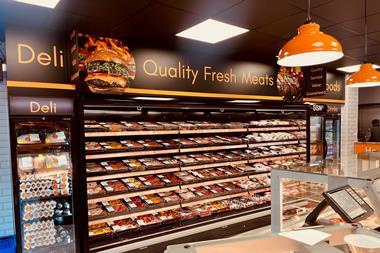
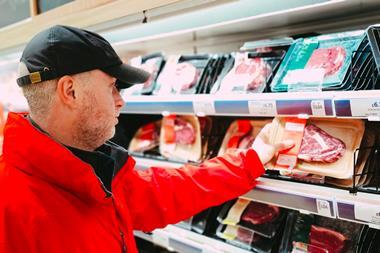
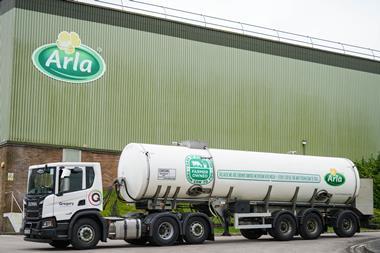
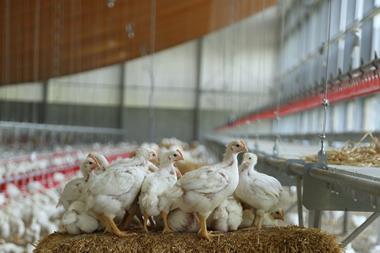
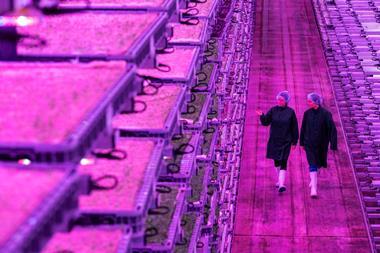
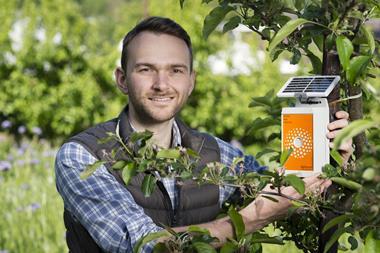


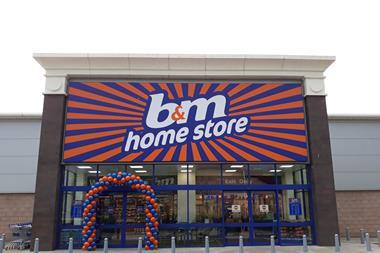
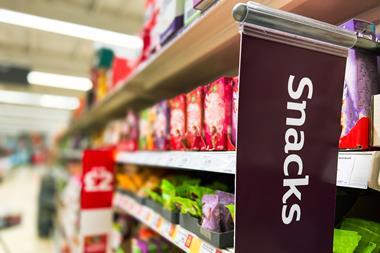
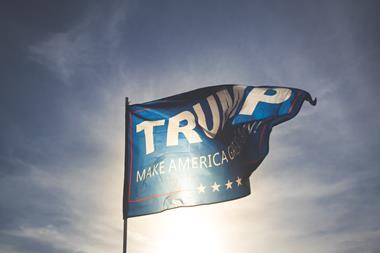
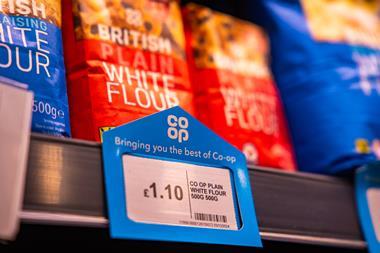
1 Readers' comment